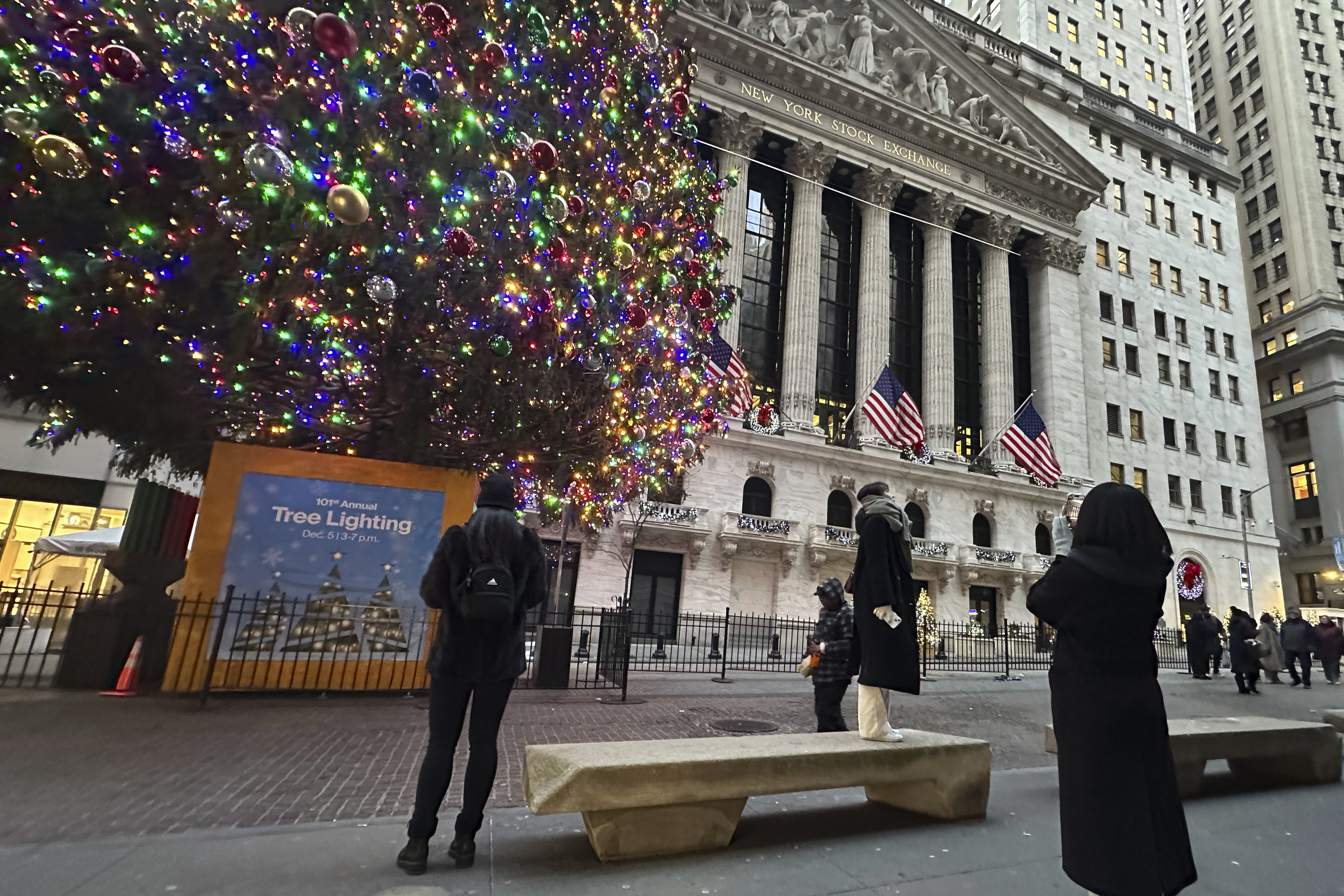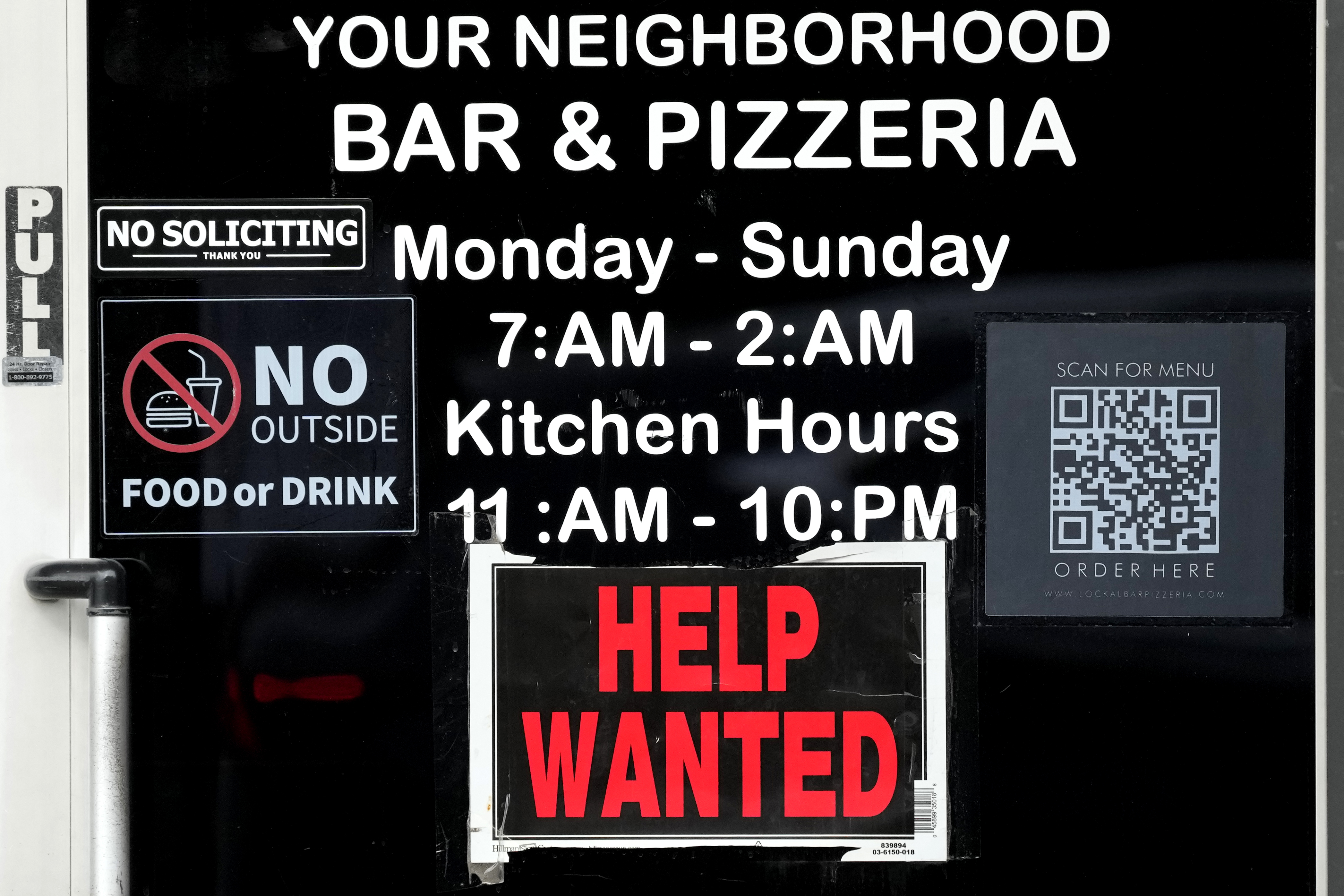PORTSMOUTH, Va. (WAVY) — While most Virginians experience the personal property tax each year as a levy on their vehicle, the tax has been in place for centuries in some shape or form, underscoring the historical and cultural shifts in the Commonwealth over the years.
According to research from the Library of Virginia, the personal property tax began in 1782. A key expansion of the tax occurred in 1815 to include furniture (by wood type), curtains, silver, mirrors, prints, oil portraits, and icehouses. The added revenue would help offset the expenses incurred during the War of 1812.
Enslaved people were taxable to their owners until 1866 following the end of the Civil War. By the middle of the 19th Century, tax records would also include horses, mules, cattle, sheep, pleasure carriages and stagecoaches, as well as household and personal items such as watches, clocks, pianos and harps, and jewelry among others.
In its current form, Virginians get what is known as “car tax relief,” a form of a tax discount on the first $20,000 of their vehicle. The discount percentage varies by municipality.
In 2004, the General Assembly voted to cap that relief at a total of $950 million for the entire state.
Download the WAVY News App to keep up with the latest news, weather and sports from WAVY-TV 10. Available in both the Apple and Google Play stores.















































